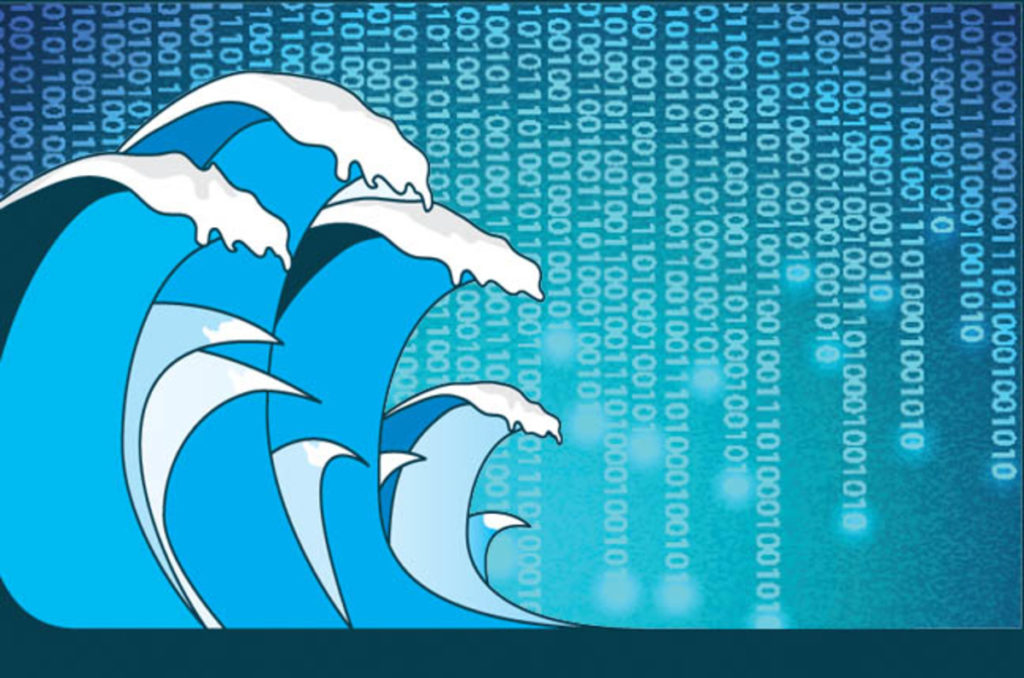
Assistant Professor Eric Wustrow from the University of Colorado and the Ph.D. student Benjamin VanderSloot from the University of Michigan have created a crypto currency that could be used by malicious users called DDosCoin. The targeted proof of work is the payment of completed distributed denial of service attacks (DDOS) used to take down Internet servers.
Mechanism of Action
The creation of DDosCoin and it’s concepts are discussed in a paper titled “DDoSCoin: Cryptocurrency with a Malicious Proof-of-Work.” In it’s contents, the two researchers state they have created a proof of concept for an effective alternative to Bitcoin, that could potentially be used by malicious users as payment for successful distributed network attacks.
The miners are employed to send a large quantity of packets. When a large quantity of them are employed the servers cannot properly handle the load and subsequently crash. The model of the crypto currency relies on the methodology used in the DDOS attack.
TLS internet packets are used to request specific responses from the target machine. They are used as proof for the crypto currency that the attack has taken place. The signed value during the network handshake cannot be predicted by the client. Successful attacks measure the responses and award currency based on the damage.
The researchers note that the malicious proof works only against websites that utilize TLS version 1.2 however as of April 2016, according to Alexa 56% of all top million sites support this technology. This means that DDosCoin can be used in about half of the top Internet sites. The two experts also note that the number of application servers that use TLS continues to grow.
The crypto currency works by targeting victim servers by consensus using a proof-of-stake protocol created by the team. Proof-of-stake is an alternative way of gaining blocks where they are “minted” instead of “mined” based on how much stake the miner has in currency.
Gained DdosCoins can be traded for Bitcoin or other types of currency and payment methods. This provides a stable platform that the malicious users can use and leverage.
Discussion and Implications
The team has stated in their paper that they have demonstrated DDosCoin attacks on machines that they own to limit the damage. They also note that they are not providing a working copy of the currency, but only the project concept. The ethics of the whole research is “to fully disclose potential attacks, even those that require the development of an altcoin to execute”.
The victim servers can use several effective methods to safeguard against attacks the utilize the TLS packets. They are thoroughly discussed in the research paper and available for any network administrator to use. The researchers also give insight on how malicious users can be identified.



